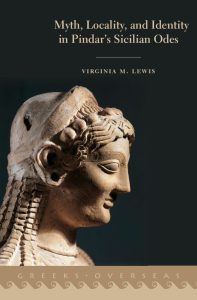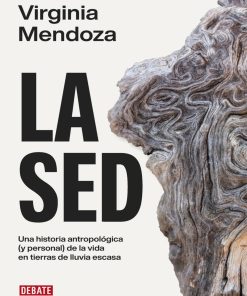Myth, Locality, and Identity in Pindar’s Sicilian Odes
$50.00 Original price was: $50.00.$25.00Current price is: $25.00.
Myth, Locality, and Identity in Pindar’s Sicilian Odes 1st Edition – Ebook Instant Download/Delivery ISBN(s): 9780190910310,0190910313,9780190910334, 019091033X

Product details:
- ISBN-10: 019091033X
- ISBN-13: 9780190910334
- Author: Virginia M. Lewis
Myth, Locality, and Identity argues that Pindar engages in a striking, innovative style of mythmaking that represents and shapes Sicilian identities in his epinician odes for Sicilian victors in the fifth century BCE. While Sicily has been thought to be lacking in local traditions for Pindar to celebrate, Lewis argues that the Sicilian odes offer examples of the formation of local traditions: the monster Typho whom Zeus defeated to become king of the gods, for example, now lives beneath Mt. Aitna; Persephone receives the island of Sicily as a gift from Zeus; and the Peloponnesian river Alpheos travels to Syracuse in pursuit of the local spring nymph Arethusa. By weaving regional and Panhellenic myth into the local landscape, as the book shows, Pindar infuses physical places with meaning and thereby contextualizes people, cities, and their rulers within a wider Greek framework. During this time period, Greek Sicily experienced a unique set of political circumstances: the inhabitants were continuously being displaced, cities were founded and resettled, and political leaders rose and fell from power in rapid succession.
Table contents:
1. Arriving in Syracuse: Arethusa and Syracusan Civic Identity
2. Demeter and Persephone: Ancestral Cult and Sicilian Identity
3. Locating Aitnaian Identity in Pindar’s Pythian 1
4. Fluid Identities: The River Akragas and the Shaping of Akragantine Identity in Olympian 2
5. Conclusions and Test Cases: Ergoteles of Himera and Psaumis of Kamarina
People also search:
myths of sicily
pindar mythology
sicilian mythology
sicilian myths
You may also like…
Politics & Philosophy - General & Miscellaneous Philosophy
Languages - Romance Languages Reference
Poetry - Ancient & Classical Poetry
Social Science
Children's Books - Science Fiction & Fantasy
Politics & Philosophy - Politics













